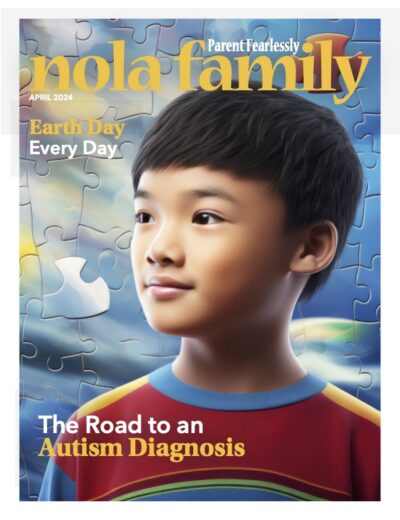Discuss, Don’t Destroy
When I was an undergraduate I phoned the DJ at WTUL (Tulane’s radio station) and railed at him for playing the Jimi Hendrix version of “Hey Joe.” I was incensed at the sexist and violent lyrics (the song is about a guy who shoots his girlfriend). The DJ said very dispassionately, but wisely, that if I don’t like it I can just turn down the volume until it is over. With maturity I have learned to appreciate old blues songs and the context in which they were conceived. (Now I struggle with the misogynist lyrics of rap songs my daughter grooves to.)
Our community has generated a heated debate about “offensive” art in our midst including statues of Lee, Beauregard, and Jefferson Davis. This debate presents an opportunity to consider the value of controversial art in all of its forms, for teaching about the past and present and stimulating discussion.
Art is a statement, reaction, or interpretation that is created in a context. By itself, art does not depict the truth about anything. It is a stimulus to be filtered through an individual’s impressions, tastes, and emotional reactions. When art depicts an historical event, it ties the past to the future along with the emotional baggage of then and now. Looked at in this way, even objectionable art, literature and music are opportunities for teaching.
Many were despondent to learn in Harper Lee’s newly published novel Go Set a Watchman that Atticus Finch, the main character in To Kill a Mockingbird, was a bigot. Never mind that this makes perfect sense in the context of the times; it is inconsistent with what we want to believe, even in fiction. If a character does something good, they must represent goodness in all of its forms; now that is fiction. These two books together help children understand the complexity of our past with good and bad all around. I was saddened to see recently that Go Set a Watchman was already in the bargain bin at Target.
I wonder if there is a collective anxiety among us about embracing the good with the bad; it feels so much better to extol the good stuff that we can all agree on. When it comes to children, there is the temptation to shield them from ugliness, injustice and the ambiguity of right versus wrong. It is hard to explain to children that “heroes” in history were products of their own character and the context of the times. And the historical events these “heroes” wrought benefited some while punishing others (Columbus, Cortez, Reagan). I also wonder if this sanitization of history is a particularly American trait. On the one hand we prize freedom of expression. But on the other hand we like the look of Disneyland and all things clean and right. In fact, our history is a mixed bag of evil, injustice, subjugation, justice, goodness and all in between. Art in all its forms is a stimulus for discussion, debate, and reckoning, and children can be a part of this if we allow it.
Getting back to music, rap in particular; I myself have had to work very hard to be open to the sound, messages, and tone of it all. No, it is not on my playlist during my wine and wind down hour. But I have learned to appreciate the context of the message and what it stirs in people today. I can discuss it with young people without referring to it as “just offensive, period.” Through such discussions learning, tolerance and understanding are possible. While we can look away from, turn down the volume or close the pages of expressions that offend us, we can also face it all with openness and see what is there for understanding, and enlightening.
by Pat Blackwell, Ph.D.,

